Cadillac CT5-V and CT4-V: Alpha Males With a Weakness?

“2.7L Turbo” — that’s General Motors’ preferred description of the large-displacement four-cylinder found in Chevrolet’s 2019 Silverado 1500. When wearing a Cadillac crest, however, the motor generates additional grunt and serves as the main motivator for the new CT4-V, a sportier version of Caddy’s new compact.
The CT4-V (seen above) debuted alongside the hotter version of its midsize sibling, the CT5-V, in an event held in Detroit Thursday night. No, the regular CT4 was not there. After getting over the shock of a V-badged Cadillac with a four-banger mill, guests were confused to learn that there may be additional V-badged versions of these two sedans.
As expected, the larger CT5-V carries a version of the twin-turbo 3.0-liter V6 found elsewhere in the Caddy lineup. In this application, the engine generates an estimated 355 horsepower and 400 lb-ft of torque, routed to the rear (or all four) wheels via a 10-speed automatic.
That blown six transfers into traction through 245/40R19 rubber, with the 3,975-pound sedan aided on the handling course by the latest iteration of GM’s Magnetic Ride Control. For this application, the suspension setup adopts V-specific tuning.
It sounds fine, until you recall that the model this vehicle replaces — the beastly CTS-V — carries a supercharged 6.2-liter V8, good for 640 hp and 630 lb-ft.
For the smaller CT4-V, which looks very much like its Escala-inspired stablemate, power comes by way of the aforementioned 2.7-liter turbo four, aided by extra boost, and routed through a 10-speed auto. Rear-drive is standard, with AWD available. Better breathing ramps the 2.7L’s power up to 320 hp and 369 lb-ft — a mild improvement over the Silverado’s 310 hp and 348 lb-ft, but a big climb-down from the ATS-V’s twin-turbo 3.6-liter V6. That engine produced 464 hp and 445 lb-ft.
Looking at the CT4-V’s engine, it’s safe to assume the base CT4 mill will be GM’s trusty turbo 2.0-liter.
But what of the other V-series variants promised in Detroit? As reported by Roadshow, Cadillac’s executive chief engineer, Brandon Vivian, said that broadening the V-series “gives us the ability to have a range of V-Series models,” adding, “there will be different personas.”
Different personas, yes, but what about the names? You’re not alone in thinking it’s weird that a V-series Cadillac model could come in more than one form, with, perhaps, more than one engine. How will Cadillac differentiate the variants via trunklid badging? Stay tuned for the answer to that question. It’s likely the brand will lean on its bizarre metric torque figure badging strategy as one way of separating the different variants.
Certainly, Cadillac has hotter mills than either the 3.0TT and 2.7L Turbo to stuff into these machines, and it wouldn’t be surprising to see the Blackwing 4.2-liter V8 make an appearance in the CT5-V. The CT4-V cries out for something with extra oomph.
Elsewhere on these cars, four-piston Brembo front brakes and limited-slip differentials (electronically controlled on CT5-V) give a nod to performance, while available Super Cruise backs up GM’s claim that its advanced driver-assist system would soon proliferate throughout the brand.
Pricing for either model was not forthcoming Thursday night; expect those figures to drop closer to the models’ early 2020 on-sale date. By then, your V-series questions will likely be answered.
[Images: General Motors]

More by Steph Willems
Latest Car Reviews
Read moreLatest Product Reviews
Read moreRecent Comments
- ToolGuy TG likes price reductions.
- ToolGuy I could go for a Mustang with a Subaru powertrain. (Maybe some additional ground clearance.)
- ToolGuy Does Tim Healey care about TTAC? 😉
- ToolGuy I am slashing my food budget by 1%.
- ToolGuy TG grows skeptical about his government protecting him from bad decisions.

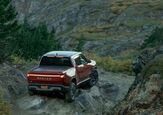
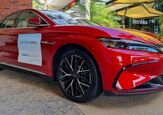




















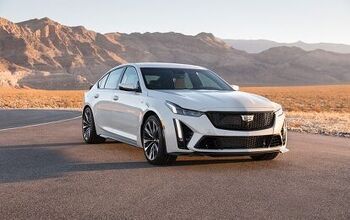
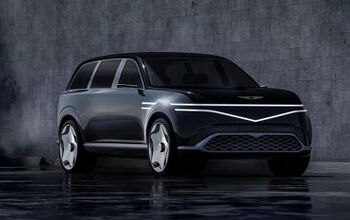

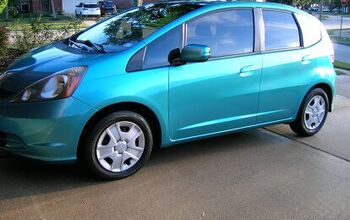

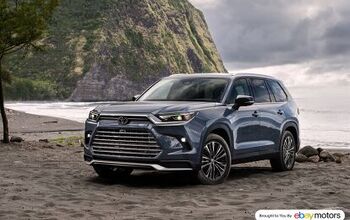
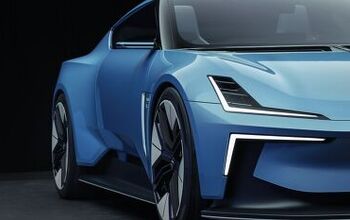

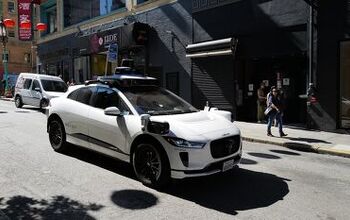

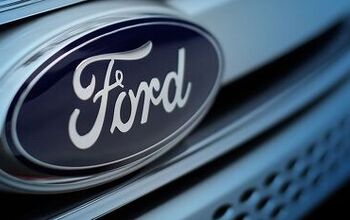
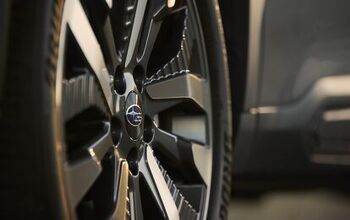

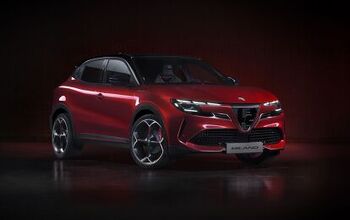
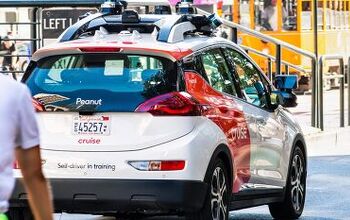
Comments
Join the conversation
"Too powerful"? That's like too sexy, too much chocolate, too much money, too smart. No such thing! I mean, who's forcing you to use all the power available? You could use some of it, smug in the knowledge that there's more if you need it.
I agree with the above posters. These are built for Chinese consumption. The benefit to this is that the sedan will still get some development so if ever Americans fall out of love with SUVs the General will still have a product to sell.